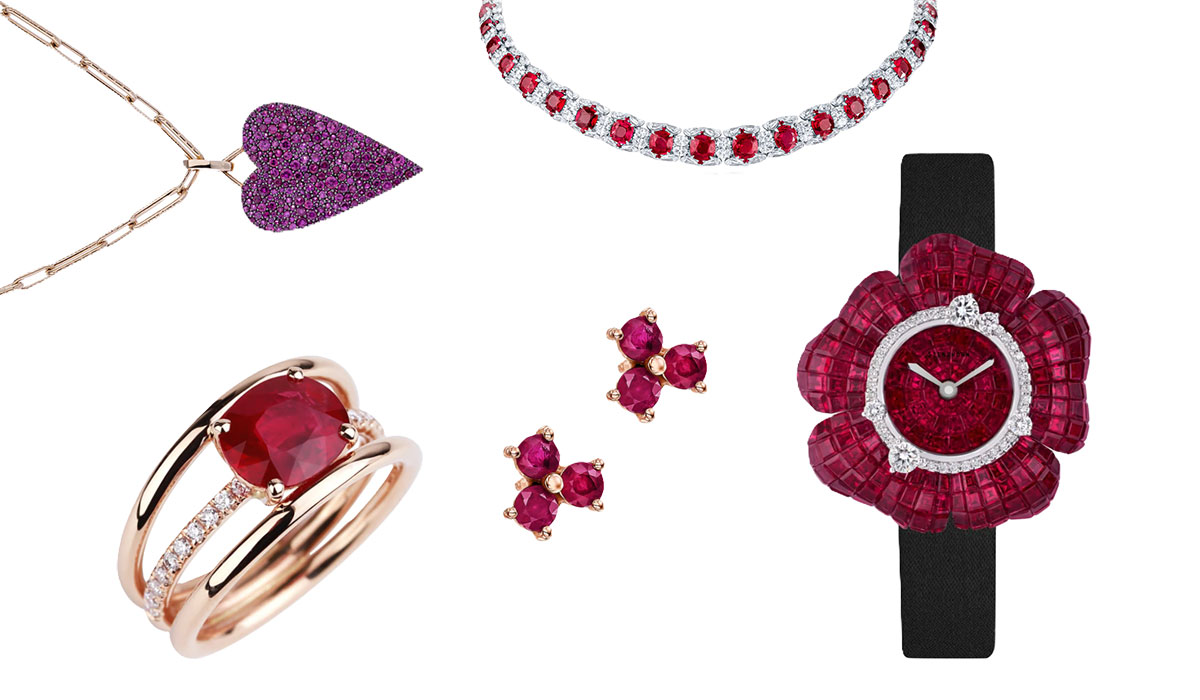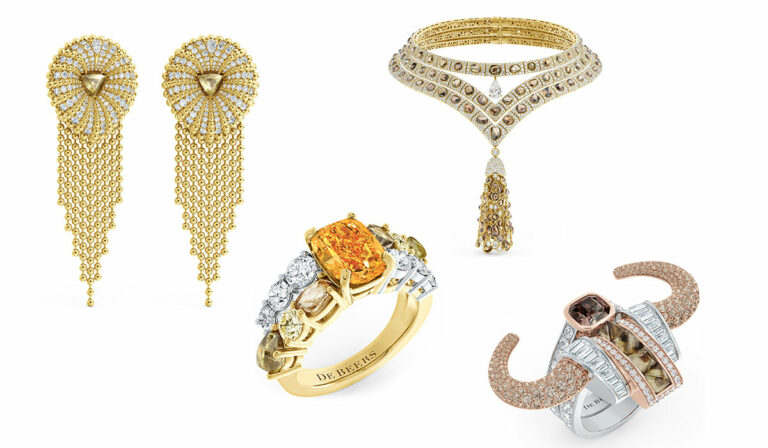Ruby, the resplendent birthstone for July and the celebrated gem for 15th and 40th anniversaries, is more than just a dazzling gem. As the most valuable variety of the corundum mineral species, it holds a special place in the pantheon of precious stones. Let’s embark on a journey to uncover the mystique of one of the world’s most ancient gems, delving into its origins, cultural significance, and the reasons why it has been cherished across civilizations for centuries.
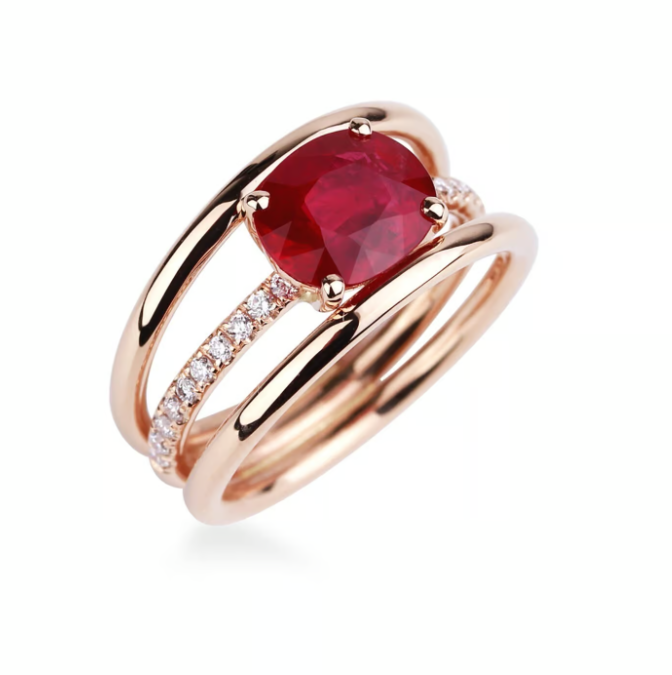
Ruby, the red variety of the corundum mineral species (which also includes sapphire), is one of the most important gems in the colored stone market. In its purest form, corundum is colorless, but trace elements within its crystal structure cause variations in color. Chromium is the element responsible for ruby’s red, which can range from orangy red to purplish red.
Rubies can be found worldwide, each location offering unique qualities. Myanmar (Burma) is renowned for its exceptional, vibrant, deep red ‘Pigeon’s Blood’ rubies, especially those from the Mogok region. Thailand, particularly the Chanthaburi area, is known for deep red rubies. Sri Lanka produces lighter, pinkish “Ceylon rubies.” Vietnam’s Luc Yen region is famous for vibrant red rubies, and Mozambique is an emerging source of high-quality rubies with good color and clarity.
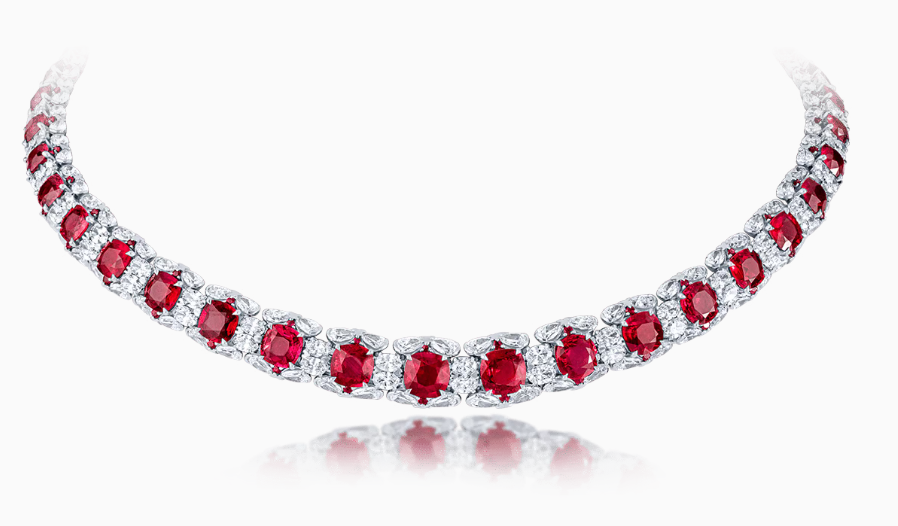
Ruby, like all varieties of corundum, has a hardness of 9 on the Mohs scale. This makes it one of the hardest gemstones.
The name “ruby” originates from the Latin word ruber, meaning “red.” The vibrant red hue of rubies has long suggested an inextinguishable flame burning within the stone, a brilliance so intense it was believed to shine through clothing and even possess the power to boil water. Rubies have a rich history and are enveloped in captivating legends. In ancient India, they were revered as ratnaraj, or “king of gems,” believed to protect wearers and offered to deities. Burmese warriors thought rubies made them invincible, while medieval Europeans associated them with wealth and power, adorning crowns and royal regalia. Legends spoke of an inextinguishable flame within rubies, capable of boiling water and shining through clothing. Rubies were also believed to have healing powers and were worn as talismans for protection and prosperity. Their cultural significance is profound, symbolizing divine offerings in Hinduism and the blood of Christ in Christianity. Today, rubies continue to be prized for their beauty and historical significance, often marking important anniversaries and featured prominently in fine jewelry.
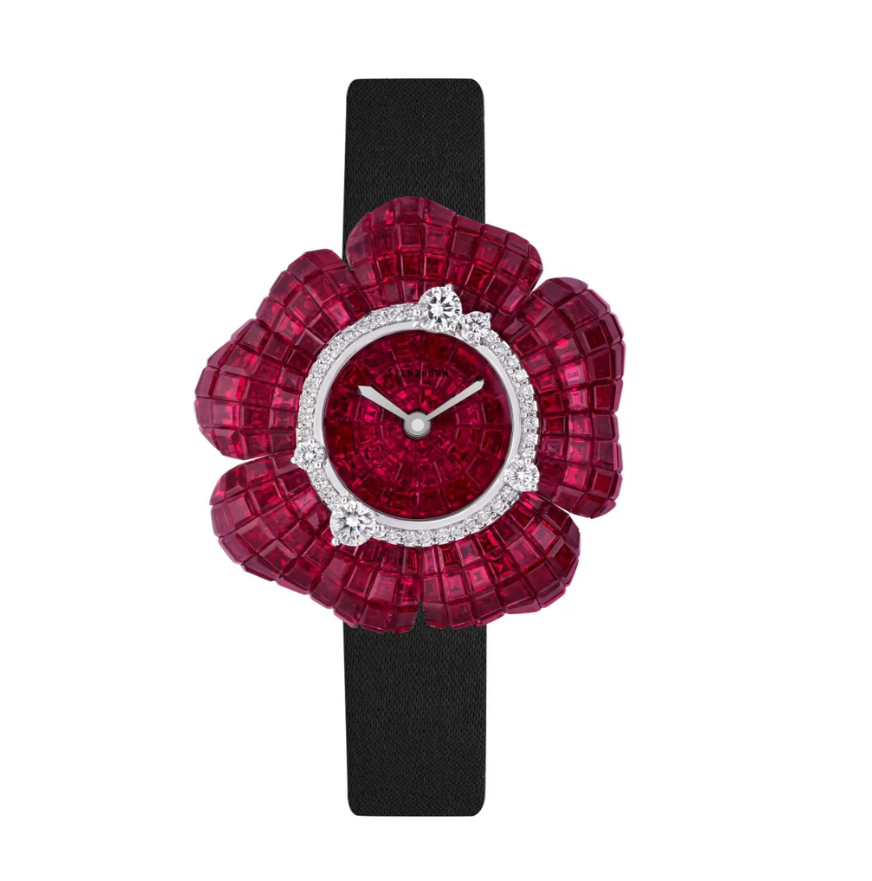
Rubies are commonly treated to improve their color and clarity, enhancing their value. Heat treatment is the primary method, involving high temperatures to intensify the red color and clarity by eliminating inclusions. Fracture filling is another technique where surface-reaching fractures are filled with substances like lead glass to enhance clarity, though these treatments can reduce durability and require careful handling.

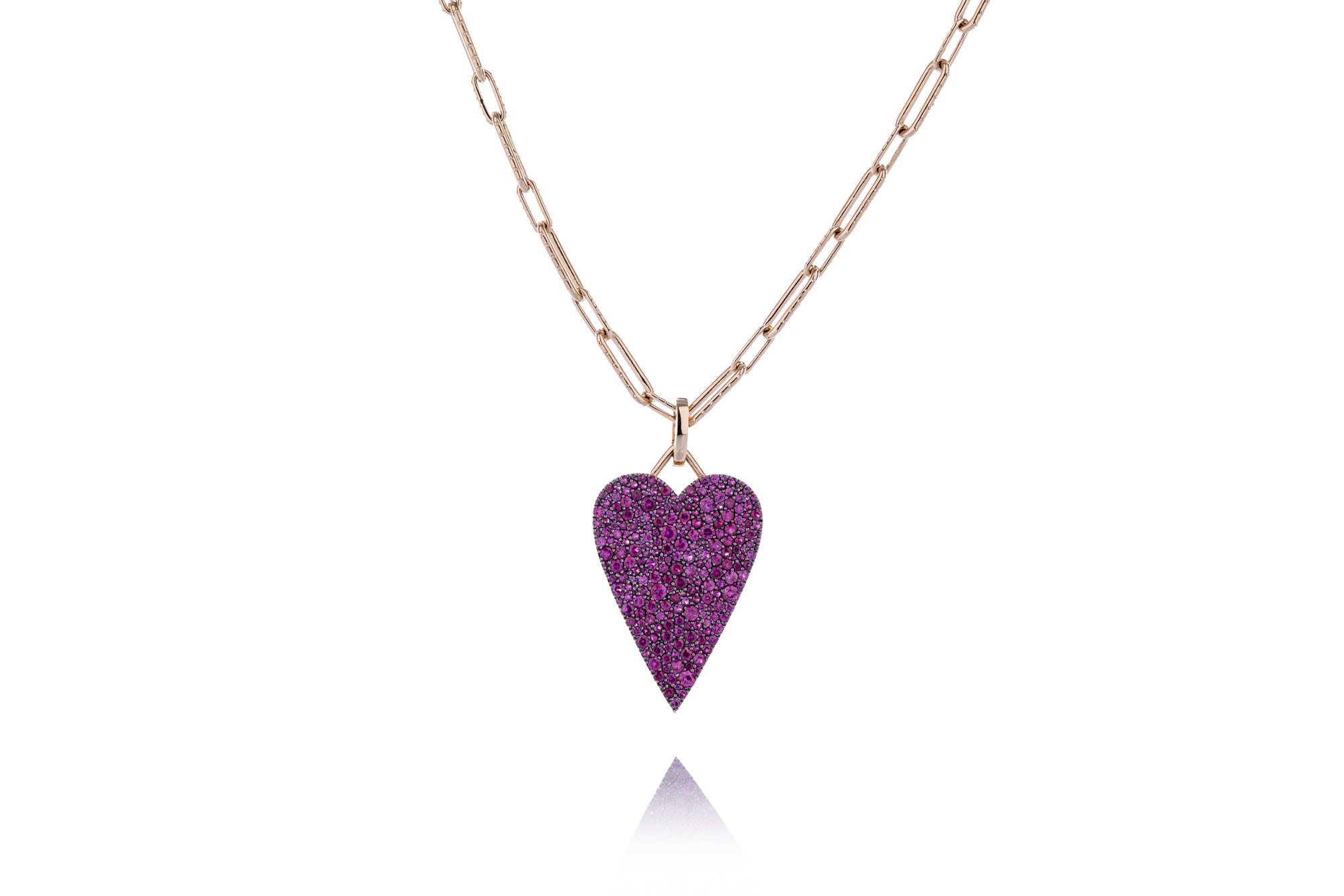
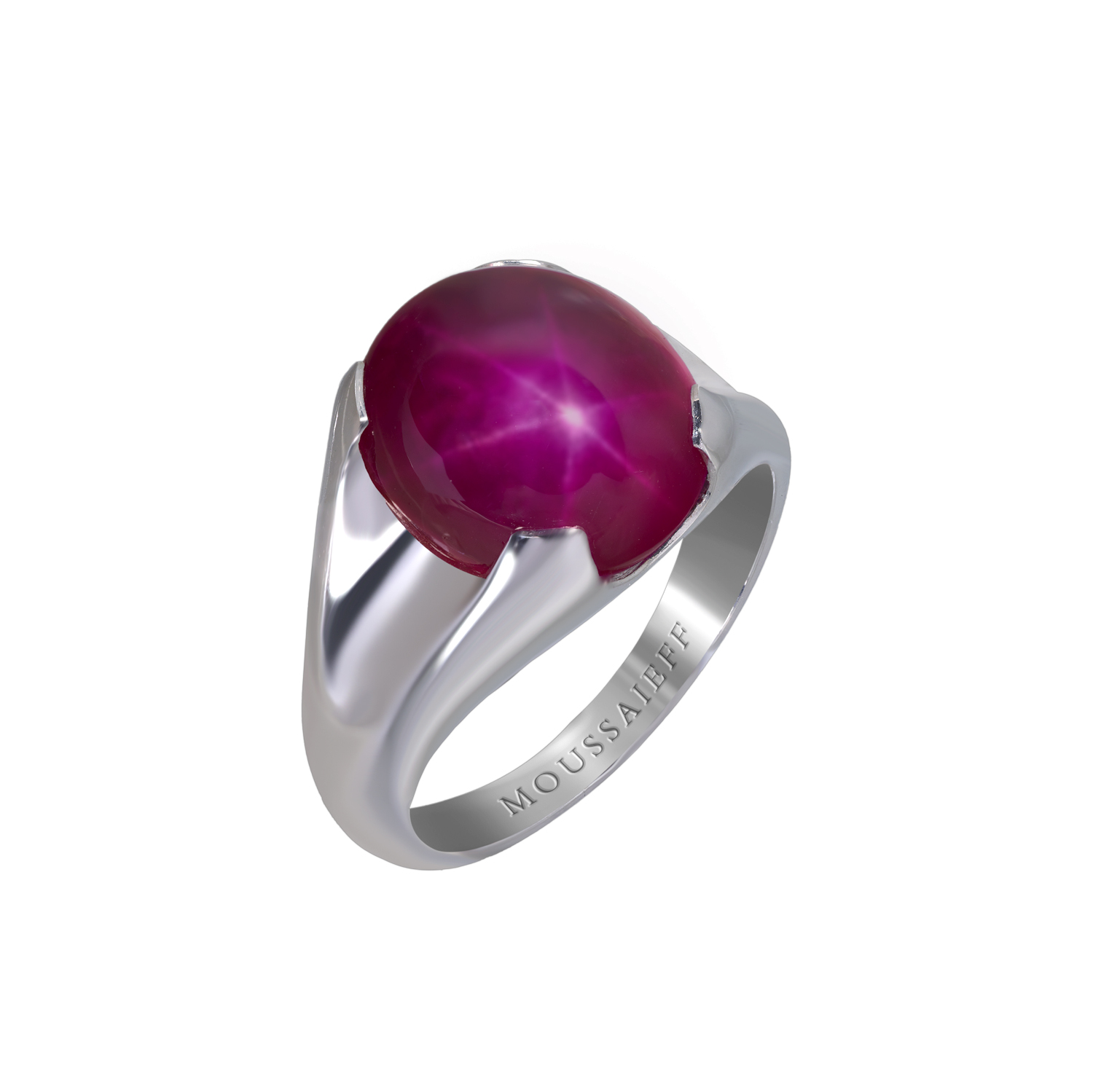
Rubies are highly coveted in jewelry for their rich red color and cultural significance. Ruby rings are particularly popular for their symbolism in engagements and anniversaries, while necklaces and pendants showcase their vibrant hue as focal points. These gemstones have been cherished throughout history for their association with passion and vitality, making them a timeless choice for both every day wear and special occasions.





